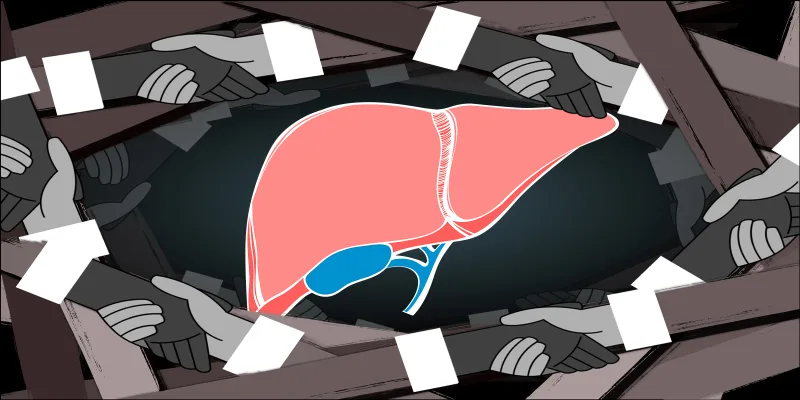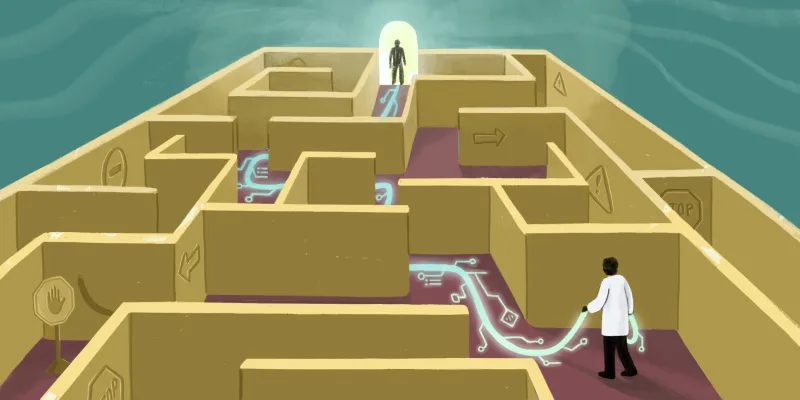 What do you suppose is the least valuable dollar out there? I'm not talking about currency valuations based on various national economies. No, I am asking on a more personal level. What do you think your least valuable dollar is? Give up?
What do you suppose is the least valuable dollar out there? I'm not talking about currency valuations based on various national economies. No, I am asking on a more personal level. What do you think your least valuable dollar is? Give up?
The least valuable dollar you have is the very last dollar you earn in a given calendar year.
Why is this so?
Based on our progressive tax code in the U.S. the very last dollar we earn will always be at our highest marginal tax rate. I consider myself very fortunate to be earning a living in an income tax free state. But even so, that very last dollar I earned in a given year still has a significant portion lost due to taxes. Up until 2018, that last dollar was automatically decreased by 39.6 cents as I was in the highest tax bracket. Even with our newly implemented tax reform changes, that dollar bill transforms into 63 cents in a blink of an eye.
And I'm still considered one of the lucky ones.
For example, if you a very high earner in California (which clocks in at #1 on the states with the highest income tax list and also has a progressive tax code), you can be hit with as high as a 13.3 percent rate. For those earners that very last dollar is essentially worth $0.497 ($0.471 pre-2018).
In essence you keep less than half of your earned money! Talk about literally working for someone else!
This brings me to the fundamental question of: "Why are we killing ourselves for every last dollar, and accelerating our path to burnout, when some of us don't even get to keep the majority of the earnings?"
I used to take pride in the fact that I barely took any vacations or stayed late to read additional studies in years past. It was the classic case of diminishing returns. These extras I did were typically piled on an already full workload. By working longer hours, as well as more weeks in the year, than was typical for my specialty, I never gave myself a chance to decompress and recharge my batteries. It was an express train I had boarded and its destination was the land of Physician Burnout. All this was done because I was chasing that least valuable dollar (I didn't realize this at the time as I was blissfully ignorant).
So what has changed now?
Well, as I have gotten closer to what I have considered financial independence, the quest for the almighty (diminishing) dollar has taken a backseat. Even though I had what many physicians would consider a dream schedule already (I only worked Monday through Friday, nine hour shifts with no night or weekend call), I still could feel the beginnings of burnout after 10+ years of doing it.
Because I started my FIRE path in my early 40s, I put myself in my current position where I am no longer as dependent on my W2 wage as when I first started out. I was therefore able to implement one of the greatest moves career- and emotion-wise: reducing my clinical workload. I accomplished this by hiring a semi-retired Radiologist to cover one day a week (alternating between a Monday (giving me a three day weekend) or Wednesday off).
I essentially reduced my work schedule by 20 percent yet I know I gained far more than that because of it. It gave me a chance to recharge those batteries and hit the remaining work days with far more energy.
Was there a financial penalty by doing this?
Of course there was but it really wasn't as big as one would initially think. Common math logic would suggest a 20 percent work reduction should result in 20 percent decrease in my pay. I assure you this was not the case at all (and wonderfully illustrates how I took advantage of that least valuable dollar concept).
Using myself as a real-life example I will demonstrate how the math shakes out:
Every day I pay to have covered costs me $1700. My general overhead averaged over 2017 was 25 percent.
So if I had chosen to work that day, the $1700 I would have received would lose $425 to overhead, netting me $1275 pretax.
This money (which qualifies as my least valuable dollar(s)) would have come in at my highest tax bracket (39.6%), so I would have lost an additional $504.90 to Uncle Sam.
Thus my true take home amount would be $770.10.
Sure $770.10 is still considered a lot of money (works out to about $40k/yr true take home pay I "left on the table") but it is much more palatable than the initial sticker shock price of the $88k/yr I paid for the coverage.
It really brings a smile to my face that I can take advantage of the progressive tax system this way and cut out my least valuable dollar(s) first as I reduce my clinical workload and prolong my career and sanity at the same time.
One might even conjecture that the passive income stream I have established using my deployed capital (i.e. my "most valuable dollars") is essentially working that one day off a week for me (and then some).
This is another way the FIRE movement has allowed me to not be dependent on every last W2 cent, as I am freely able to choose this option with no real detriment financially. The true cost of locum tenens coverage is often far less than the upfront price when taking taxes and/or overhead expenses into consideration.
Image by SuslO / gettyimages






